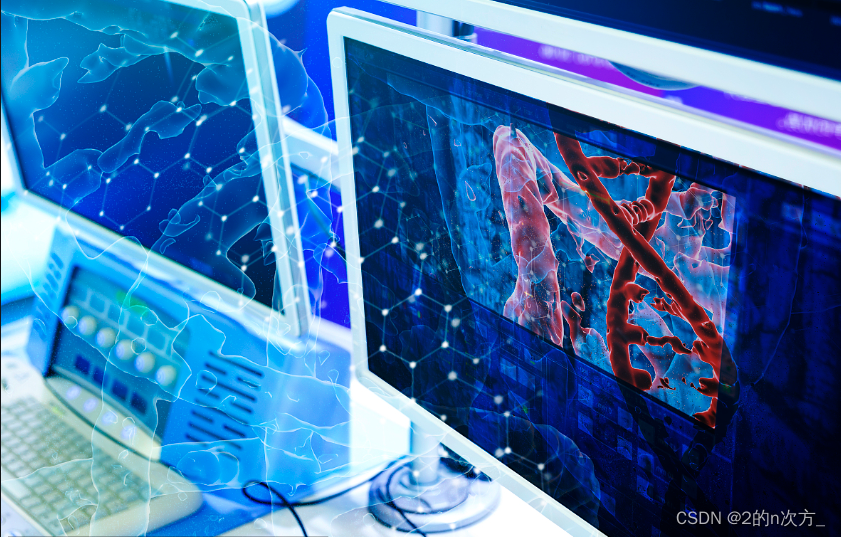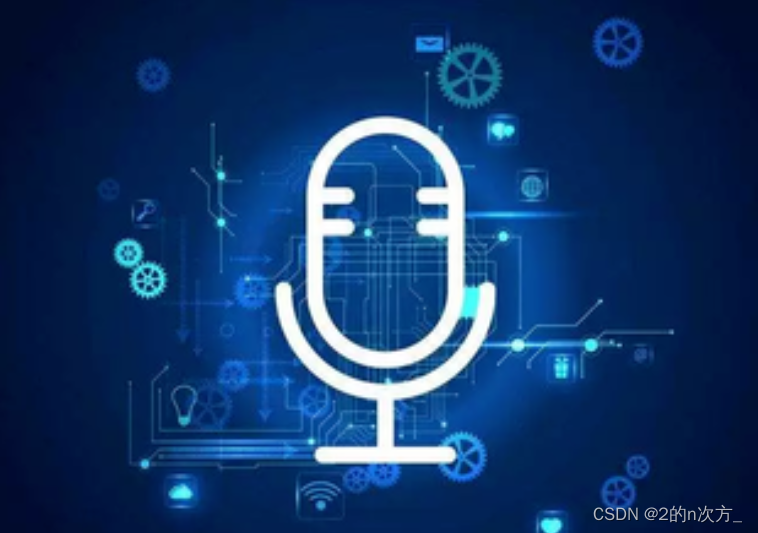2024-07-11
한어Русский языкEnglishFrançaisIndonesianSanskrit日本語DeutschPortuguêsΕλληνικάespañolItalianoSuomalainenLatina
🚀欢迎互三👉: 2 to the power of n_💎💎

Transfer learning is a method of using knowledge learned in one task to help solve another task. In machine learning and deep learning, transfer learning is particularly useful because it can significantly reduce the data and time required to train the model. In this blog, we will explore the concept of transfer learning, its application areas, and show how to apply transfer learning in an image classification task through a code example.
The basic idea of transfer learning is to use knowledge in one domain (the source domain) to improve learning in another domain (the target domain). For example, in image classification, we can use a neural network pre-trained on a large dataset (such as ImageNet) and apply it to a smaller, task-specific dataset. This approach can significantly improve the performance of the model, especially when the target dataset is small.
Computer vision is one of the most widely used fields for transfer learning. Pre-trained deep convolutional neural networks (such as VGG, ResNet, Inception, etc.) are often used for a variety of visual tasks.

Image Classification:
Image classification is one of the fundamental tasks in computer vision. Transfer learning can significantly improve classification accuracy on small datasets. By using models pre-trained on large datasets such as ImageNet, these models can be applied to specific image classification tasks such as cat and dog classification, flower classification, etc.
Target Detection:
Object detection is the process of identifying and locating multiple objects in an image. Pre-trained models such as Faster R-CNN, YOLO, and SSD can adapt to new object detection tasks more quickly, such as traffic sign detection, pedestrian detection, etc., by leveraging features learned on large-scale datasets.
Image segmentation:
Image segmentation divides an image into multiple meaningful parts. Pre-trained segmentation models (such as U-Net, DeepLab) can be used for tasks such as medical image segmentation (such as organ segmentation, tumor segmentation), scene understanding, etc.
NLP is another important application area of transfer learning. Pre-trained language models (such as BERT, GPT, RoBERTa, etc.) have revolutionized the performance of NLP tasks.
Text Categorization:
Text classification includes news classification, spam detection, etc. Using pre-trained models such as BERT can greatly improve the accuracy and efficiency of text classification.
emotion analysis:
Sentiment analysis is the identification of emotions expressed in text. Through transfer learning, pre-trained models can be quickly adapted to sentiment analysis tasks in different fields, such as product reviews, social media comments, etc.
machine translation:
Machine translation is the translation from one language to another. Transfer learning models (such as Transformer, mBERT) have performed well in translation tasks, especially the translation of low-resource language pairs.
Medical image analysis is a field that requires extremely high precision, and transfer learning plays an important role in it.

Cancer Detection:
Cancer detection requires high-precision image classification and segmentation models. Using pre-trained deep learning models can improve the accuracy of cancer detection, such as breast cancer detection, skin cancer detection, etc.
Organ segmentation:
Organ segmentation is to segment the organ regions in medical images. Pre-trained models (such as U-Net and ResNet) perform well in organ segmentation tasks in CT scans and MRI images, which can assist doctors in diagnosis and treatment planning.
The field of speech recognition has also benefited from transfer learning, with pre-trained models significantly improving the performance of speech-related tasks.

Speech to Text:
Speech-to-text (ASR) is the process of converting speech signals into text. Pre-trained models (such as DeepSpeech, Wav2Vec) perform well in speech recognition tasks in multiple languages, especially for long-tail audio data and noisy audio.
Emotion Recognition:
Emotion recognition is to detect the speaker's emotional state from speech signals. Transfer learning models can be transferred between different emotion datasets, thereby improving the accuracy and robustness of emotion recognition.
Transfer learning improves the performance of new tasks by using a model pre-trained on a large dataset. Here are the brief steps of transfer learning:
1. Choose a pre-trained model that performs well on similar tasks (such as VGG, ResNet, BERT, etc.).
2. Use deep learning frameworks (such as TensorFlow, PyTorch) to load pre-trained models.
3. Freeze some or all layers of the pre-trained model to preserve its learned features.
4. Add new layers based on the pre-trained model to adapt to the target task.
5. Select the optimizer, loss function, and evaluation metric, and compile the model.
6. Train the model on the target dataset and unfreeze some layers for fine-tuning if necessary.
7. Use the validation set or test set to evaluate model performance and adjust the training strategy.
8. Deploy the fine-tuned and evaluated model to production.
We will use the Keras framework to demonstrate a simple application of transfer learning. Here, we will use the pre-trained VGG16 model and apply it to a small cat and dog classification dataset.
import tensorflow as tf
from tensorflow.keras.preprocessing.image import ImageDataGenerator
from tensorflow.keras.applications import VGG16
from tensorflow.keras import layers, models, optimizers
# 数据预处理
train_dir = 'path/to/train'
validation_dir = 'path/to/validation'
train_datagen = ImageDataGenerator(rescale=1./255)
validation_datagen = ImageDataGenerator(rescale=1./255)
train_generator = train_datagen.flow_from_directory(
train_dir,
target_size=(150, 150),
batch_size=20,
class_mode='binary'
)
validation_generator = validation_datagen.flow_from_directory(
validation_dir,
target_size=(150, 150),
batch_size=20,
class_mode='binary'
)
# 加载预训练的VGG16模型,不包括顶层的全连接层
conv_base = VGG16(weights='imagenet', include_top=False, input_shape=(150, 150, 3))
# 冻结VGG16的卷积基
conv_base.trainable = False
# 构建新的模型
model = models.Sequential()
model.add(conv_base)
model.add(layers.Flatten())
model.add(layers.Dense(256, activation='relu'))
model.add(layers.Dense(1, activation='sigmoid'))
# 编译模型
model.compile(optimizer=optimizers.RMSprop(learning_rate=2e-5),
loss='binary_crossentropy',
metrics=['accuracy'])
# 训练模型
history = model.fit(
train_generator,
steps_per_epoch=100,
epochs=30,
validation_data=validation_generator,
validation_steps=50
)
# 可视化训练过程
import matplotlib.pyplot as plt
acc = history.history['accuracy']
val_acc = history.history['val_accuracy']
loss = history.history['loss']
val_loss = history.history['val_loss']
epochs = range(len(acc))
plt.plot(epochs, acc, 'bo', label='Training acc')
plt.plot(epochs, val_acc, 'b', label='Validation acc')
plt.title('Training and validation accuracy')
plt.legend()
plt.figure()
plt.plot(epochs, loss, 'bo', label='Training loss')
plt.plot(epochs, val_loss, 'b', label='Validation loss')
plt.title('Training and validation loss')
plt.legend()
plt.show()